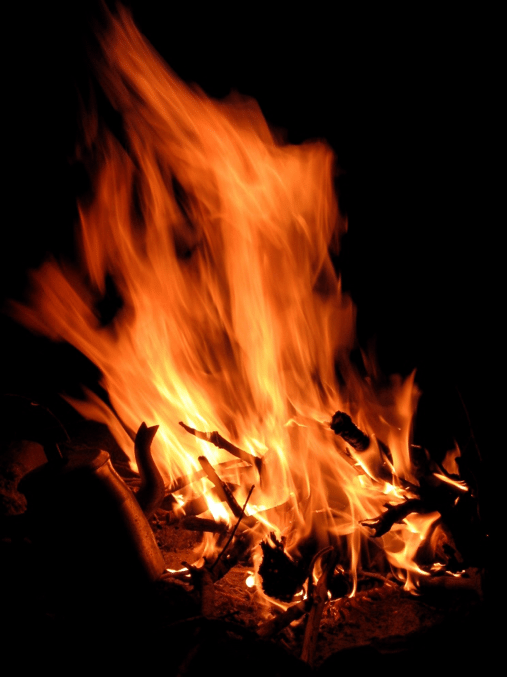As we leave summer behind us and head into autumn, more and more people are taking advantage of cooler weather by spending time outside. Temperatures in Texas are notoriously unpredictable, so folks who are interested in camping and hiking may want to take a trip sooner rather than later. But here’s something to keep in mind: in late August and early September of 2017, wildfires in the western United States were all over the news. And as these fires careened across eight states and burned 1.5 million acres of land (often necessitating home evacuations by nearby residents), more people than ever became hyper-aware of just how dangerous—and destructive—wildfires can be.

While it’s true that not all forest fires are caused by human activity (in some cases, they’re a natural result of lightning striking tall trees), a substantial number of them are. So, while we usually devote this space to talking about how to safely have a fire inside of your home, we’re going to spend some time today talking about how to safely have a fire outside of your home.
Be Mindful of Your Surroundings
Before you leave your house, double-check to make sure that your planned hiking route or campsite is not currently under a burn-ban or other restriction. Depending upon the time of year and current weather conditions, campfires and bonfires may be completely verboten or require some kind of special permit and/or license. This information (as well as instructions for obtaining a permit) can be found by consulting with your local Fire Department or Parks and Wildlife Office.
Of course, even if there’s no burn ban or special restrictions in place, you still must be mindful of basic fire safety measures. For example:
- Campfires should be 50 feet away from any structures and 500 feet away from any piles of wood debris or fallen trees.
- Build fires only in safely-constructed fire pits. Keep the fire pit area clear of any detritus.
- Never leave a campfire unattended; it should be “babysat” until it is completely out.
- Keep a fire extinguisher (or a five-gallon bucket of water and a shovel) near the fire at all times.
- Consider not building a fire at all if it’s very windy outside. If you can see the wind shaking trees, causing waves on bodies of water, or blowing flags around, then the wind is more than capable of carrying sparks and embers away from the fire pit and onto nearby plant life.
These are easy, basic guidelines that anyone can—and everyone should—follow.
Be Careful with Flammable Substances
If you do smoke, it is absolutely essential that you snuff out your cigarettes in a safe manner! Roadside fires are frequently caused by drivers carelessly tossing cigarette butts out of car windows; when a smoldering butt meets dry brush, it can quickly turn into a major flare-up. Discarding cigarettes on the ground is never a good idea (lest you accidentally poison a curious wild animal), but it’s especially dangerous when you’re out in the wilderness. Bring a can of sand with you on your outdoor expeditions and use that as your spent-cigarette receptacle. Soaking the cigarettes in water before discarding them wouldn’t hurt, either.
Cigarettes aren’t the only dangerous material that campers sometimes have on their person. Don’t even think about bringing firecrackers on your trip; when you’re surrounded by trees and brush, there’s no real “safe” way to set them off. And be careful with lighter fluid or other chemical fire starters. While they can make starting a fire significantly easier, they can also cause a fire to burn out of control or possibly present an explosion hazard.
Speak Up
Accidents happen; the only way to guarantee 100% that you won’t start a forest fire is to stay away from the forest and never, ever handle any flammable materials for as long as you live. So regardless of the circumstances, if your campfire (or any other fire) starts to burn out of your control, get help immediately! Call the local fire department and report the blaze. A quick response can mean the difference between the fire being stopped relatively soon with minimal damage to the environment…or the fire completely overwhelming its surroundings and putting the lives of animals and people in serious jeopardy.
Do not try to just walk away from the situation because you’re worried about the possible consequences (whether legal or social) of your involvement. Saving your own skin is not nearly as important as getting the fire put out as soon as possible!
***
Fire can be a literal lifesaver when you’re out in the wilderness, but it can also be a life-destroyer when it’s not handled properly. And even a few short seconds of carelessness can have absolutely devastating consequences.
The bottom line: humans generally don’t tolerate animals invading their space and causing destruction. It stands to reason, then, that humans shouldn’t go into an animal’s environment and make a mess of things, either!






